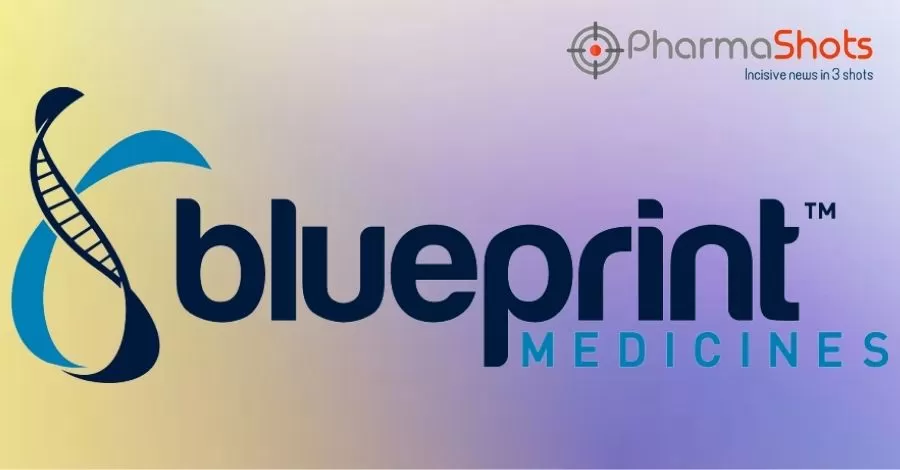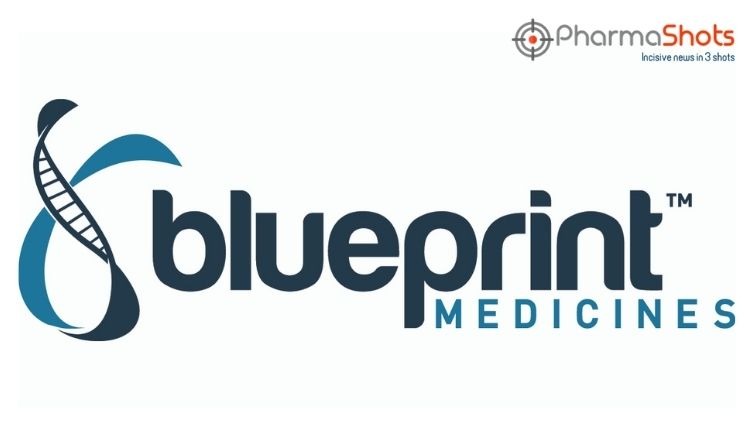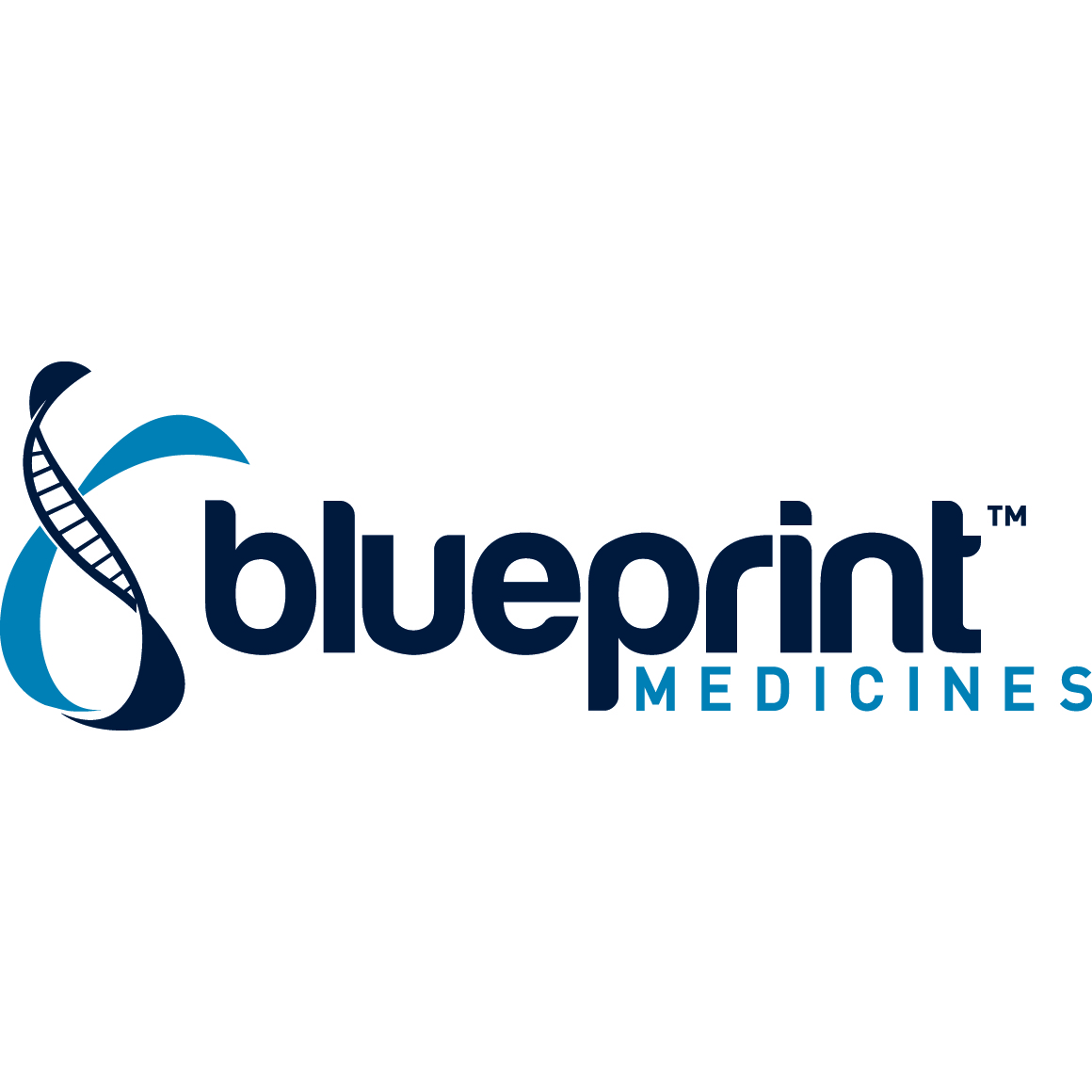
Blueprint Medicines to Acquire Lengo for ~$250M
Shots:
- Blueprint Medicines to acquire Lengo for $250M in cash in addition to $215M upon achievement of regulatory approval & sales-based milestones. The acquisition is expected to close in Q4’21
- The acquisition will bolster precision oncology therapies with the addition of Lengo’s LNG-451 in Blueprint's lung cancer pipeline for the treatment of NSCLC in patients with EGFR exon 20 insertion mutations
- The acquisition also delivers additional preclinical precision oncology programs & research tools while Blueprint will add in its compound library for drug discovery. Additionally, Lengo plans to submit an IND application for LNG-451 to the US FDA in Dec 2021, based on the preclinical data
Ref: PRNewswire | Image: Lengo
Click here to read the full press release

This content piece was prepared by our former Senior Editor. She had expertise in life science research and was an avid reader. For any query reach out to us at connect@pharmashots.com











